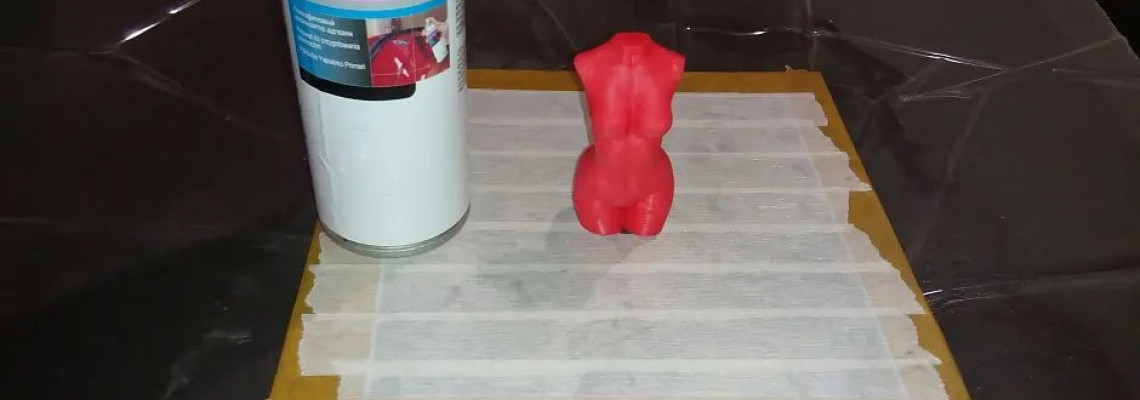
Preparation and Painting of ABS Products
Painting ABS plastic! Many people enjoy working with ABS plastic. It is easy to process and has good physical and mechanical properties. One of the important advantages of ABS is post-processing and painting. We present to your attention some tips for painting ABS plastic parts.
After the part is removed, it is necessary to check it for defects. Next, you need to create micro-roughness on the plastic surface and smooth out irregularities. For this procedure, a superfine sanding sponge (grit P400) is used. If the part has pronounced layers, you can start processing with abrasive P320 or place the part in acetone vapors (then treat with a P400 sanding sponge). Hard-to-reach areas should be treated with a red Scotch-Brite sanding sponge.
Painting ABS: Preparation, Application, Finish
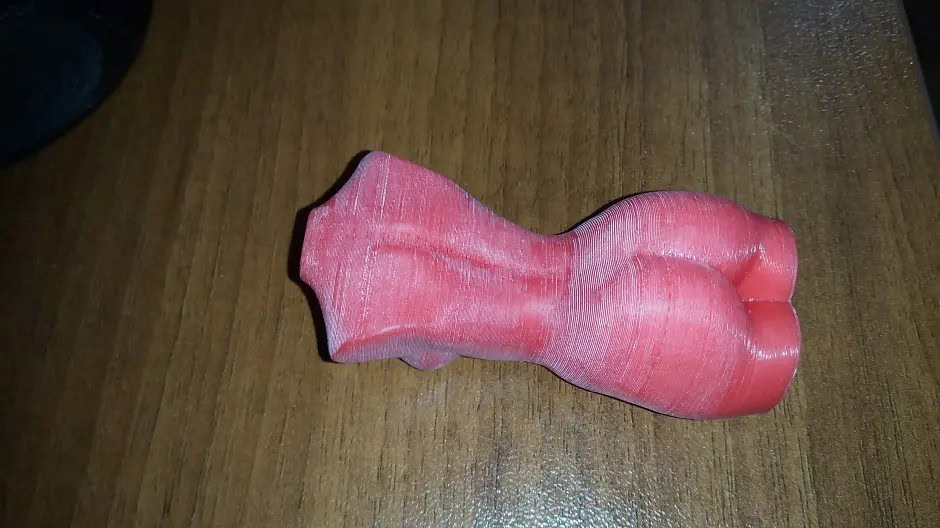
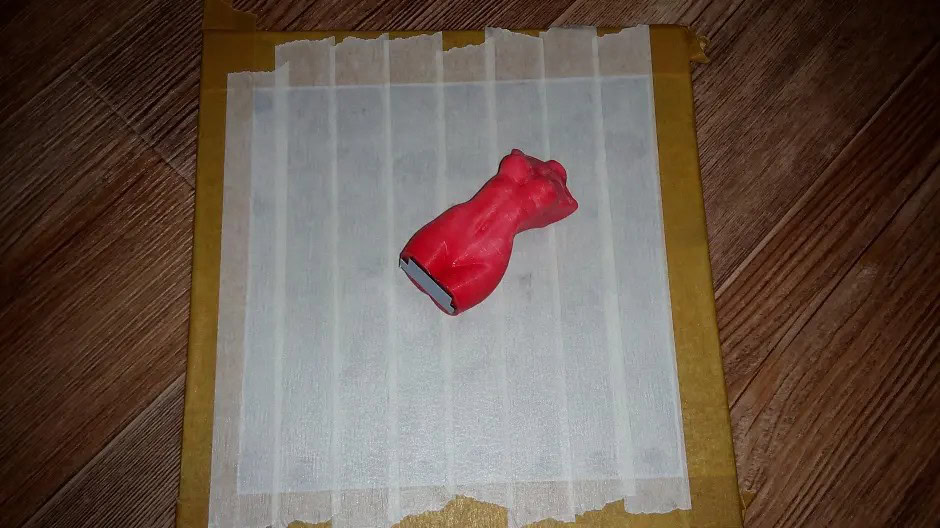
Paint Application Technology on ABS
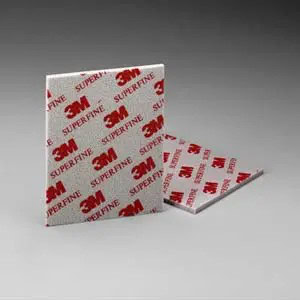
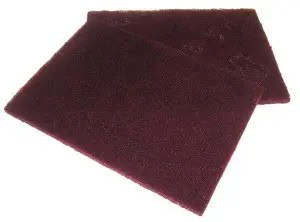
When the part is fully processed, it is necessary to remove the sanding products. The part should be securely fixed for the convenience of applying adhesion primers, leveling primers, enamel, and varnish.
Depending on the tasks, the model can be either glued to a heavy base or secured in a suspended state (if full painting is required).
Pre-degrease the part. You can use either specialized products or simply gasoline "galosh".
Open the paint supply outside the painted part.
For good adhesion of the acrylic primer, it is necessary to apply a primary adhesion primer. This can be almost any adhesion plastic primer.
ABS Plastic: Paint Correctly
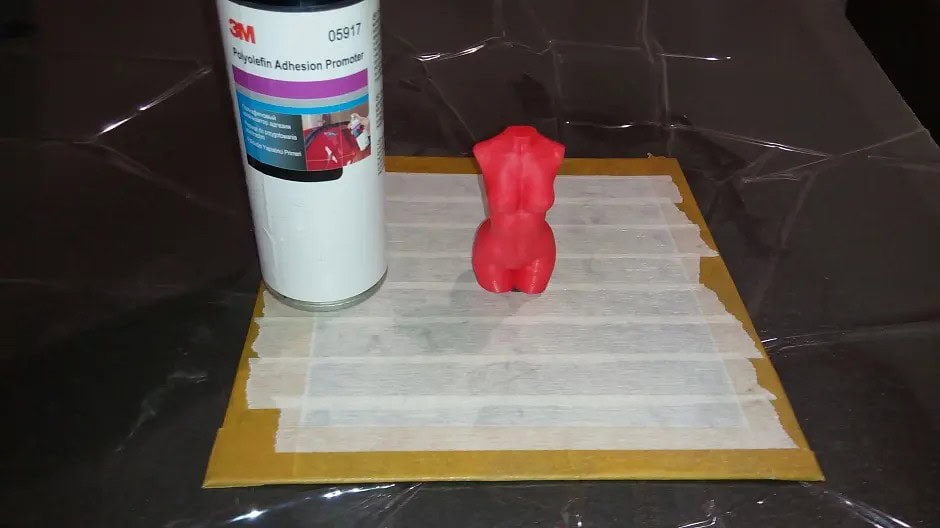
The adhesion primer is applied in 1 layer. Pay attention to hard-to-reach places. But don't overdo it - a large amount can only spoil the result. Let the primer dry for 10-20 minutes depending on the temperature.
Now proceed to apply the 1K acrylic primer (regular primer in a can).
If you have a compressor or a spray gun, you can use 2K acrylic primer (the result will be better). Start the primer supply not on the part, but beyond it. Try to apply the primer evenly over the entire surface. Apply the material in 2-3 layers. The drying interval should be 10-15 minutes. The distance to the part is 20-25 cm.
Features of Coating ABS Surfaces
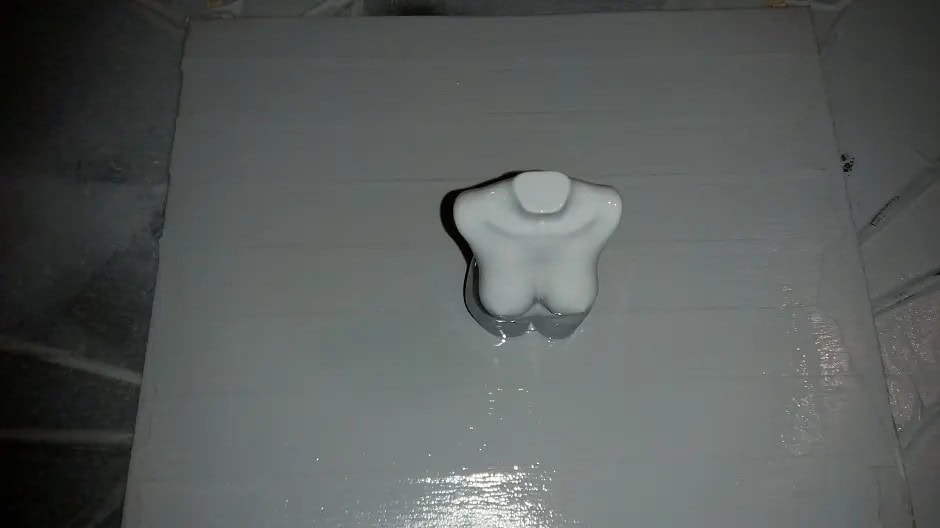
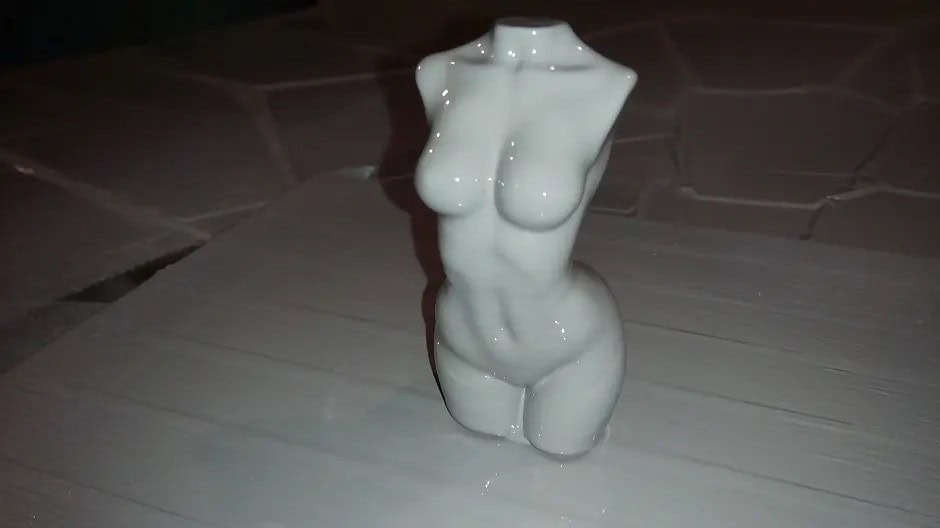
The primer drying is carried out according to the manufacturer's instructions (can be seen on the can). For 1K acrylic primer, it is from 1 to 4 hours, for 2K from 4 to 24 hours. The drying time depends on the thickness of the layer and the ambient temperature.
After the primer has dried, the part is ready for sanding. This is necessary to eliminate possible defects during priming and to level the surface. A superfine sanding sponge is suitable for this.
Painting ABS: Durable Coating Without Cracks
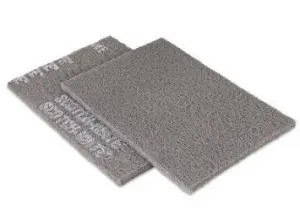
Next, remove all sanding products and degrease the part. Secure the part again for subsequent application of enamel and varnish.
Base enamel can be applied from a can or using pneumatic spraying (airbrush, spray gun). When buying a can, pay attention to what product you are purchasing. It is better to apply several thin layers than one thick one.
The interlayer drying is approximately 10-15 minutes. The distance to the part is 20-25 cm. Start the paint supply not on the part, but beyond it.
Before applying acrylic varnish, the part should dry for 20 minutes. The best option is to use 2K acrylic varnish. But for this, you will need a spray gun and a compressor. Varnish in a can gives a small thickness and strong shrinkage. The varnish quickly loses its gloss, is easily subject to mechanical damage, and cannot be further processed.
Apply the varnish with special care, as there is a risk of sagging. The distance to the part is 20-25 cm. It is recommended to apply in 2-3 layers with interlayer drying of 10-15 minutes. The total drying time is 24 hours.
Painting ABS Plastic
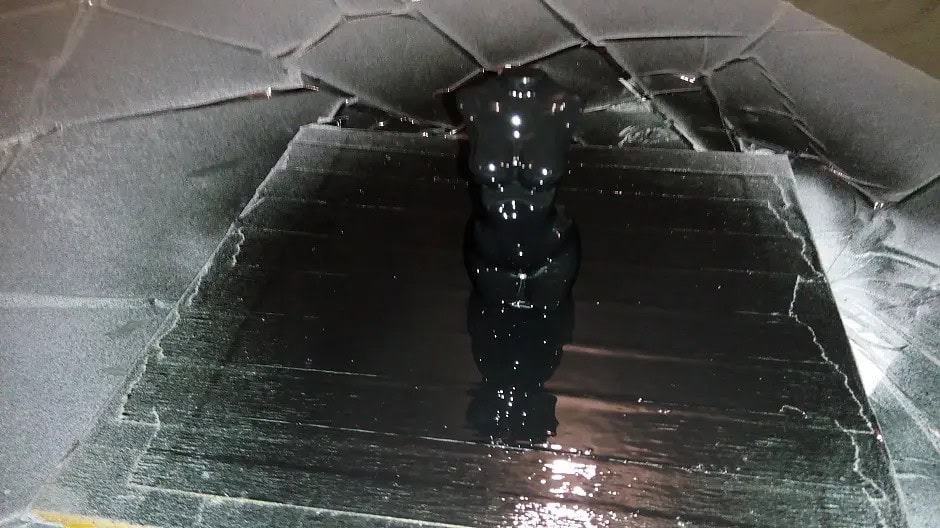
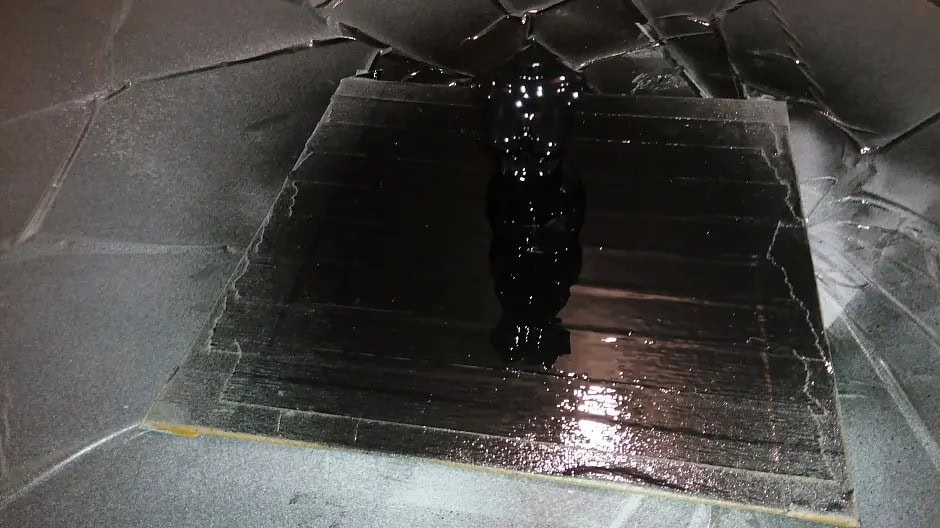
If you are working in a small room, mask the painting area with film or paper. Paint when sprayed remains in the air for a long time. Try to avoid dust.

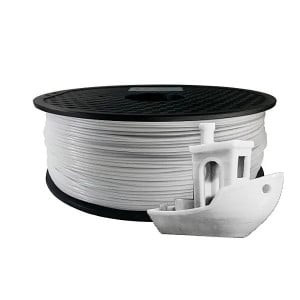

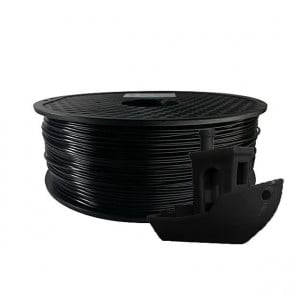

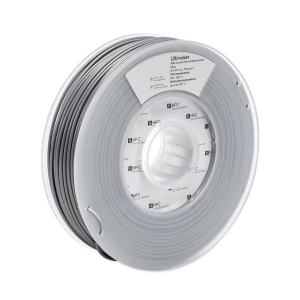
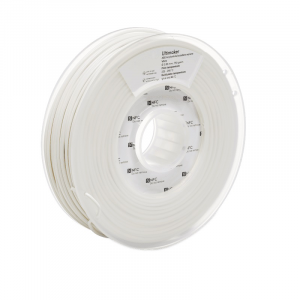
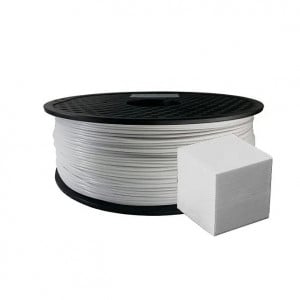
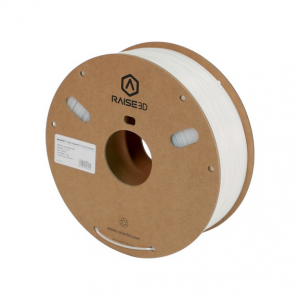
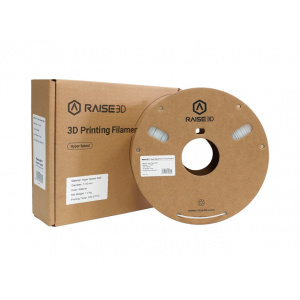

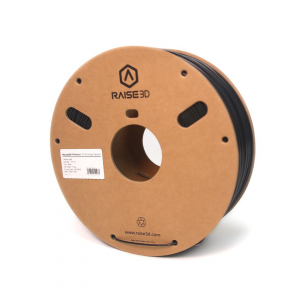
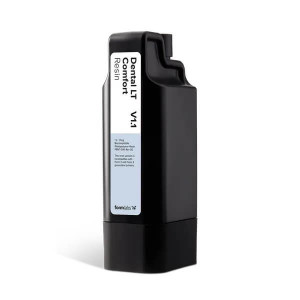
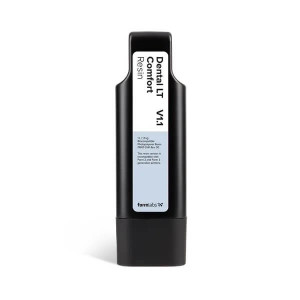
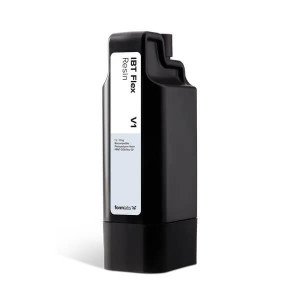
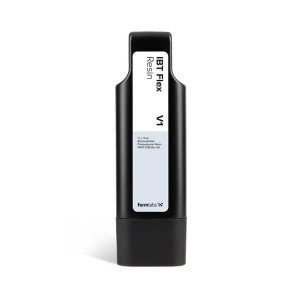
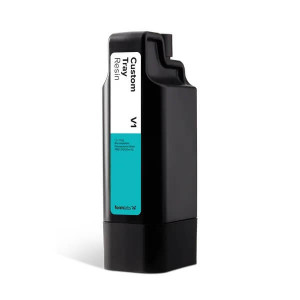
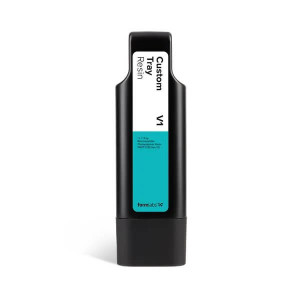
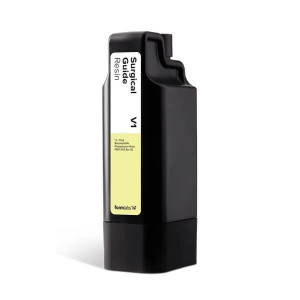
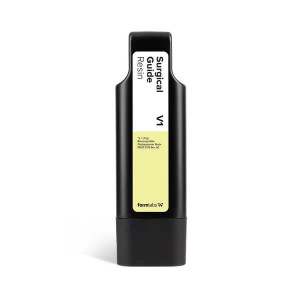
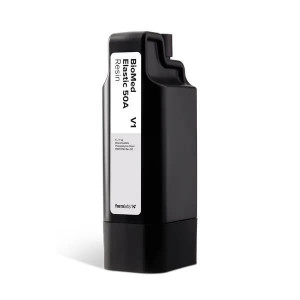

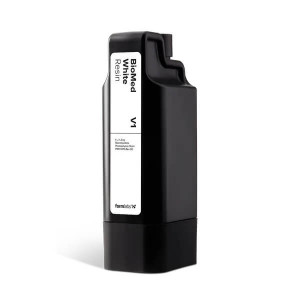
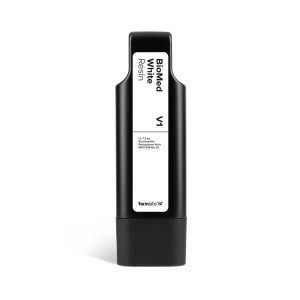
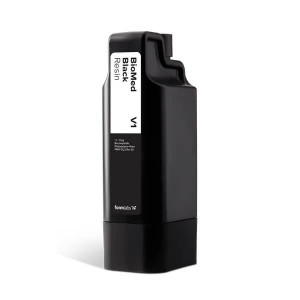
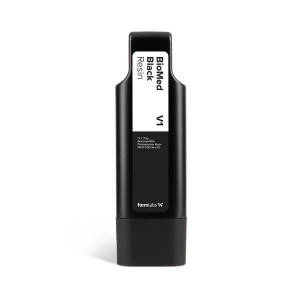
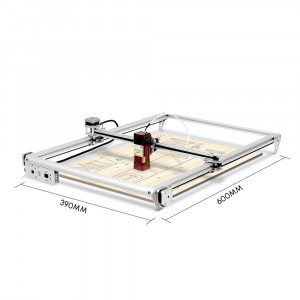
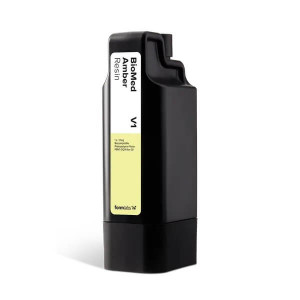
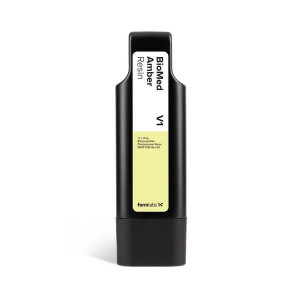
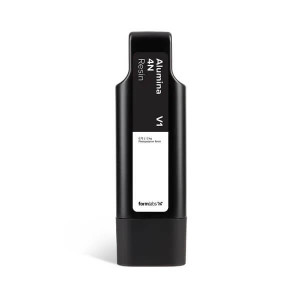
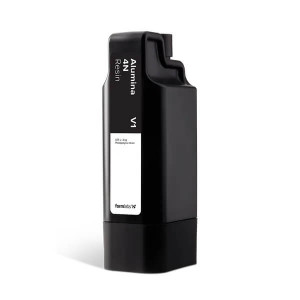
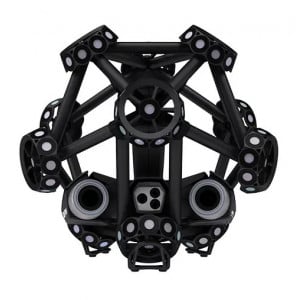


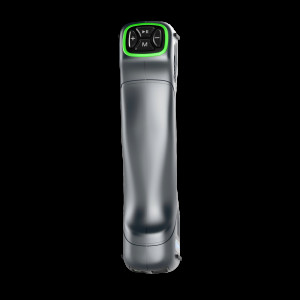
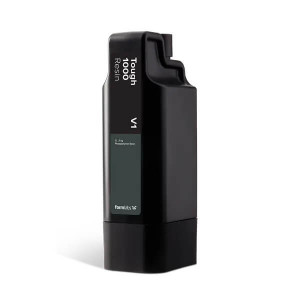
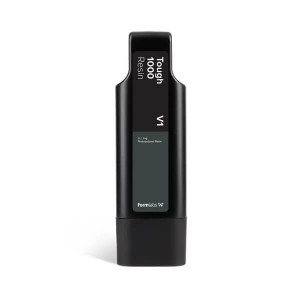

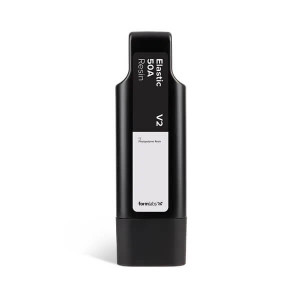
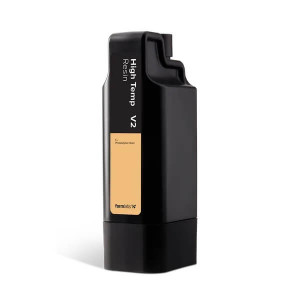
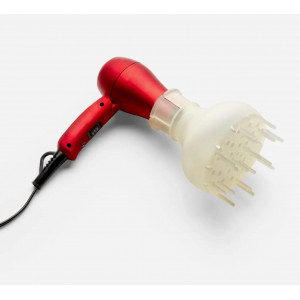
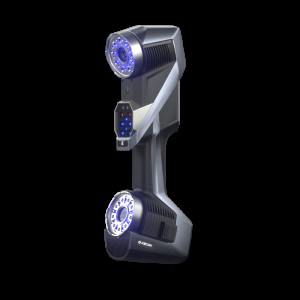
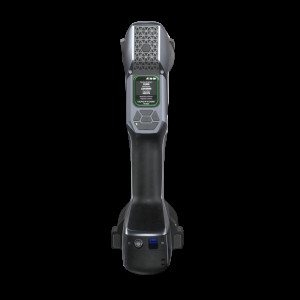


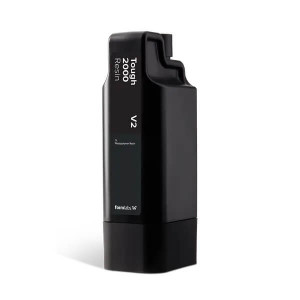
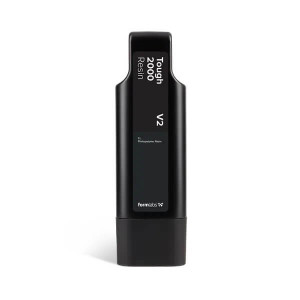

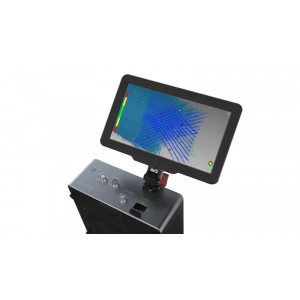
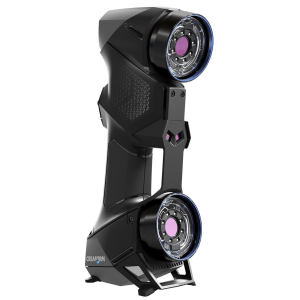



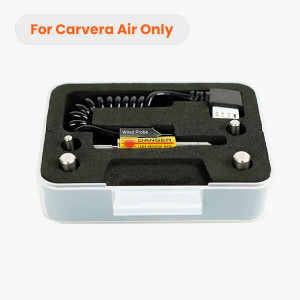
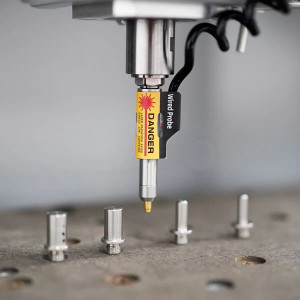
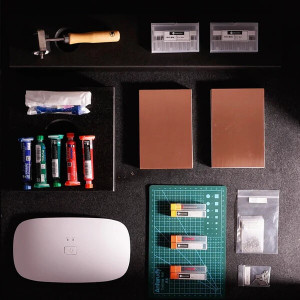
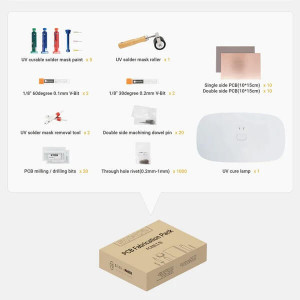
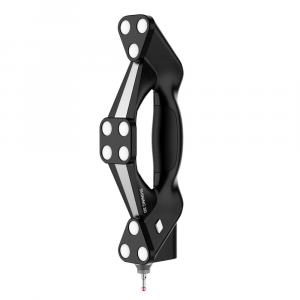
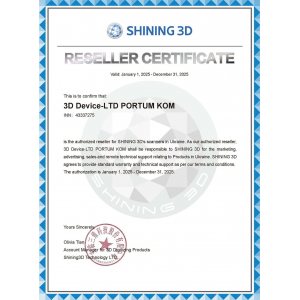
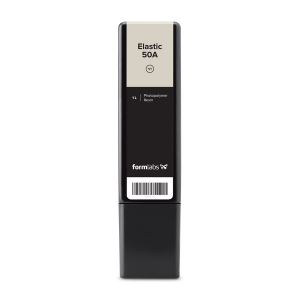

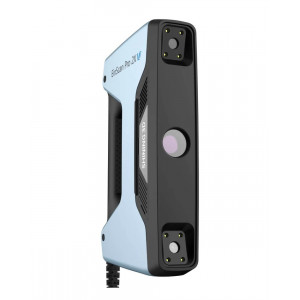
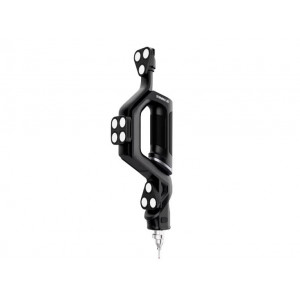
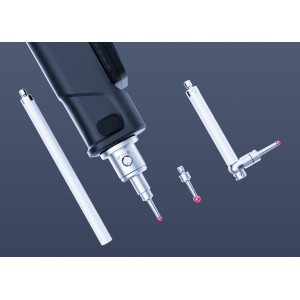
Leave a Comment